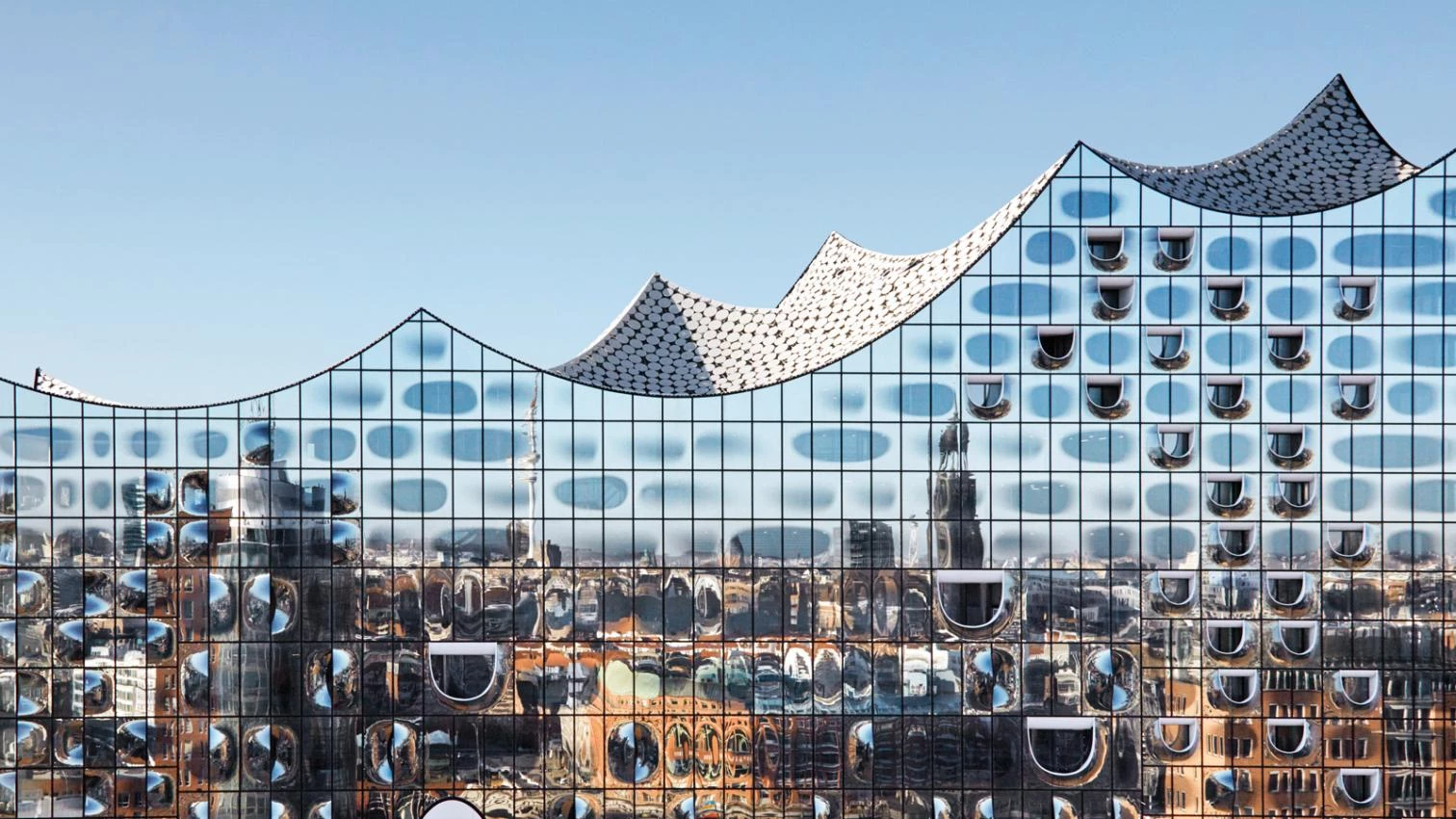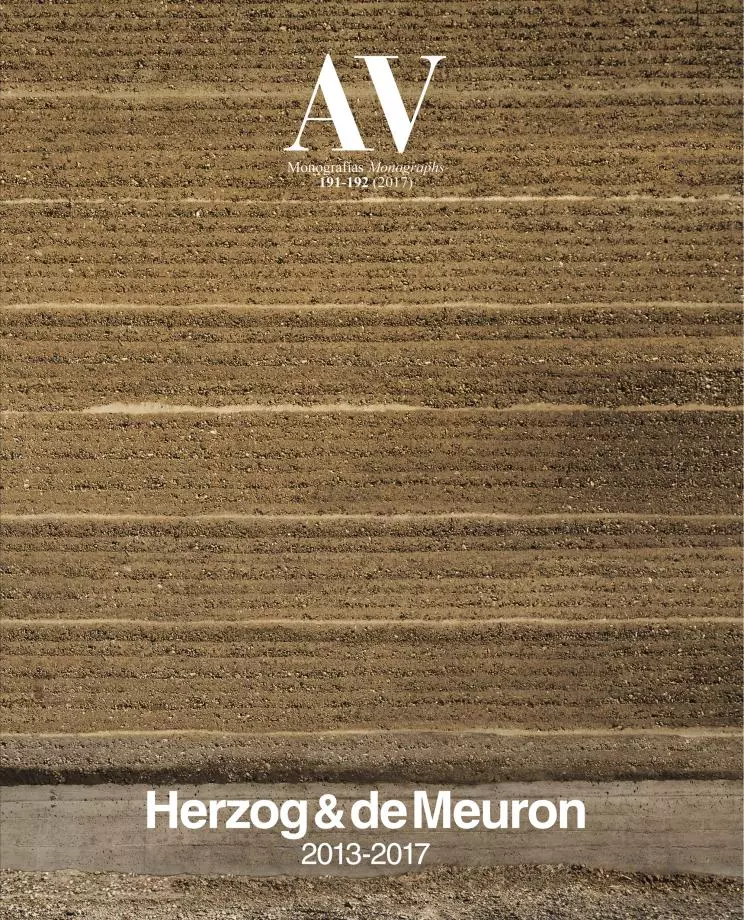Fourth Movement

The completion in 2016 of half a dozen prominent works is the drumroll that marks this fourth monographic issue.The projects completed in Hong Kong, New York, Milan, or Beirut are all significant, but none as iconic as the two that open the issue, the Elbphilharmonie in Hamburg and the Tate Modern extension in London, two masterpieces that have effortlessly entered the public imagination and the history of architecture. The issue also includes singular works published as projects in the previous monograph – the museum in Miami, the BBVA headquarters in Madrid, or the Bordeaux Stadium –, and others whose geographic and biographic proximity to the Basel studio renders them even more relevant, from their own archive or the Musée Unterlinden to the latest works carried out for Ricola or Vitra, aside from projects like Stamford Bridge stadium or the National Library of Israel, an itinerary of invention that closes with the proposal for the Museum of the 20th Century.
This abridged account of excellence is enough to justify the publication of a monograph barely four years after the last one devoted to the studio, and to explain also the unique circumstance of Herzog & de Meuron being the first office whose work has merited four volumes of AV, aside from two issues of Arquitectura Viva, and countless features in both magazines and in AV Proyectos. Since 1997 the AV yearbooks publish the list of the twelve most relevant buildings completed in the year, and it is probably fitting to mention that over the last two decades the studio with the greater number of mentions is by far that of the Basel partners, a circumstance which eloquently shows the relevance and the regularity of their production. Despite our efforts to be balanced, this persistent attention can obey to aesthetic preferences or opinions, but few will question the overwhelming presence of the work of the Swiss practice in the current debate and in the register of contemporary architecture.
Such dazzling sequence of artistic achievements cannot be based only on the sharpness of the eye or on the honed sensitivity: it also lies undoubtedly in a vigorous strategic intelligence and in a well-structured professional responsibility, which has allowed the studio to grow in scale and extension without losing the experimental drive and the commitment to permanent innovation, eluding the accommodating routine of processes and languages that is so common in many large offices. Clearly conscious of the value of their architectural legacy, which they precociously document and store, Jacques Herzog and Pierre de Meuron transit today through their creative maturity maintaining intact the inquisitive flame and the critical gaze of their early years, recalled here with a selection of journalistic texts, and now adding the intellectual dimension of the penetrating interpretation of modernity contained in Treacherous Transparencies, a little big book which the introductory article dialogues extensively with.





